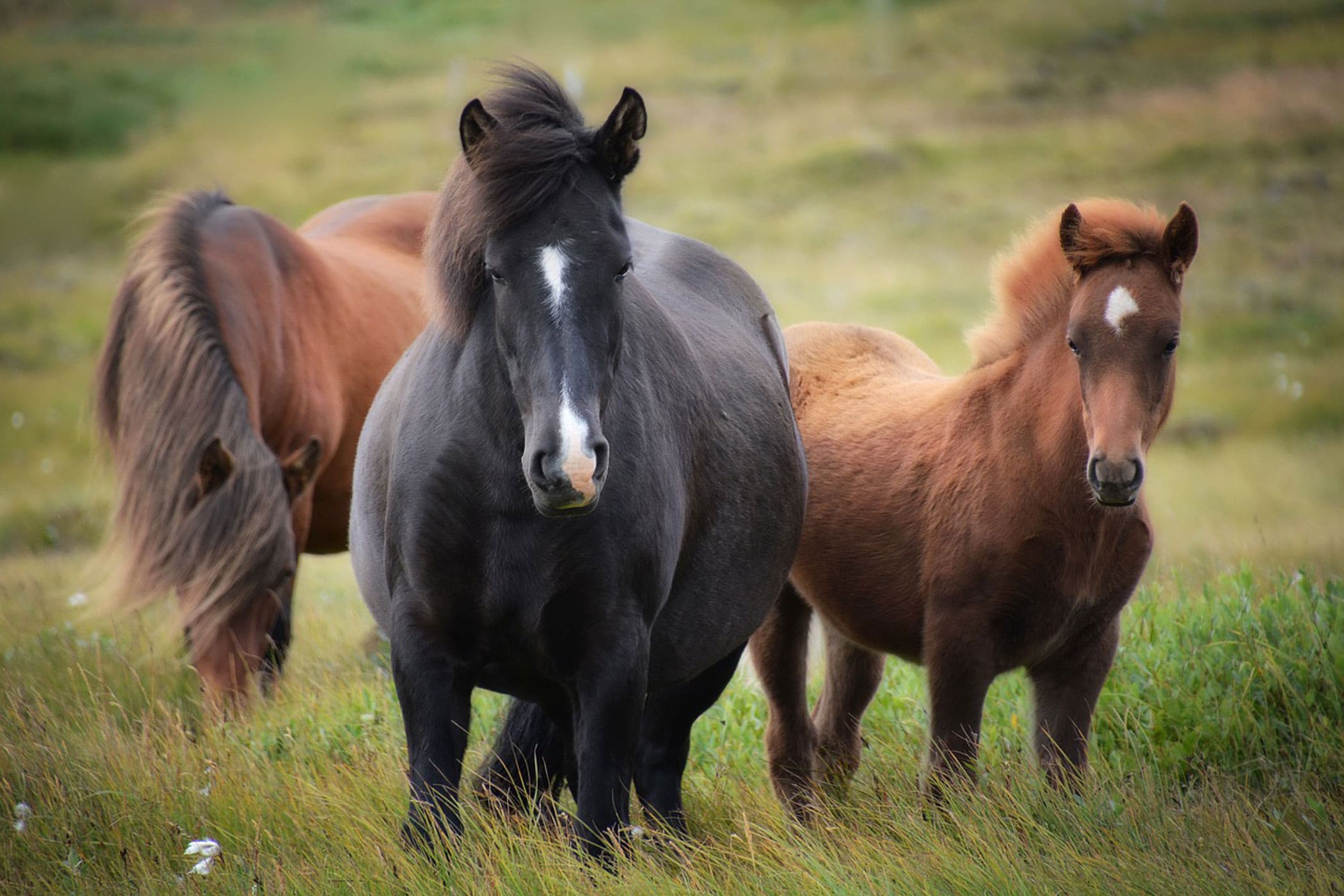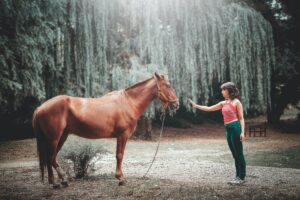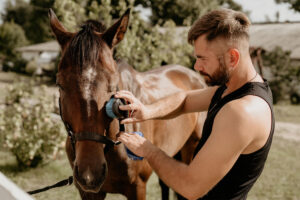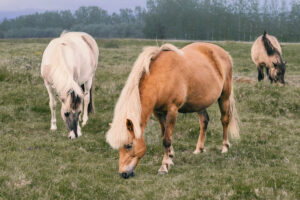
Modifying the social dynamics within a herd of horses is a topic of interest for many equestrians. Understanding how to change these dynamics in a positive and effective manner can lead to a harmonious environment for all horses involved. In this article, we will explore various strategies and considerations for altering herd dynamics while promoting the well-being and welfare of our equine companions.
Gradual Introductions: When introducing new horses to an existing herd, it is essential to do so gradually. Abrupt introductions can lead to heightened stress levels and potential conflicts among the horses. By allowing a slow and controlled integration process, horses have the opportunity to establish social hierarchies and build relationships at their own pace. This method promotes a smoother transition and minimizes the chances of aggressive interactions.
Providing Sufficient Space: Adequate space is crucial when managing herd dynamics. Horses need enough room to move around comfortably, engage in natural behaviors, and establish personal territories within the group. Insufficient space can create tension and lead to increased aggression. Ensure that the pasture or enclosure size is appropriate for the number of horses present, allowing them to express their natural social behaviors without feeling confined.
Balanced Group Compositions: Creating a balanced group composition plays a significant role in maintaining a harmonious herd. Ideally, the group should consist of horses that can establish a natural social structure without excessive dominance or isolation. Consider the age, gender, temperament, and overall compatibility of the horses when forming or adjusting herd compositions. Avoid overcrowding or having a solitary horse, as these situations can disrupt social stability.

Monitoring Behavior: Regularly monitoring the behavior of horses within the herd is vital to identify any signs of distress or potential conflicts. Pay attention to changes in body language, such as pinned ears, aggressive postures, or excessive chasing. These behaviors can indicate underlying tension or dominance struggles. Early intervention can prevent further escalation and help address any emerging issues promptly.
Environmental Enrichment: Providing environmental enrichment can help alleviate boredom and reduce stress within the herd. Enrichment activities, such as the introduction of suitable toys, novel obstacles, or access to different grazing areas, encourage horses to engage in positive behaviors and alleviate potential tensions. Environmental enrichment stimulates their natural instincts and promotes mental and physical well-being, contributing to a harmonious social environment.
Conclusion: Altering herd dynamics requires a thoughtful and proactive approach to ensure the well-being and happiness of our equine companions. By employing gradual introductions, providing sufficient space, maintaining a balanced group composition, monitoring behavior, and incorporating environmental enrichment, equestrians can create a harmonious social environment where horses can thrive. Remember, each herd is unique, and it is essential to tailor management strategies to the specific needs and dynamics of the horses involved. With careful planning and attention to their social needs, equestrians can foster positive relationships and a peaceful coexistence within the herd.






